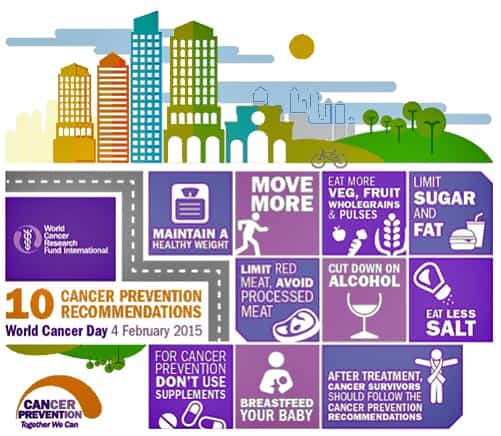Second only to heart disease, cancer in the US causes almost 25% of the deaths every year. In 2013, it was predicted to cause close to 600,000 deaths. There are many types and locations for what is called cancer. The main characteristic of all of the types is a fast development of cells that are not normal, occupy the nearby parts of the body, and continue spreading from there. This cell activity is called metastasis, and is what causes people to die from cancer.
The following cancer statistics are for the most commonly diagnosed cancers in the United States, based on data from the United States Cancer Statistics: 1999–2011 Incidence and Mortality Web-based Report provided by the Center for Disease Control and Prevention:
Common Cancer Types in the US
Breast Cancer – The most common cancer in the US in women, no matter your race or ethnicity. In 2011 there were 220,097 women and 2,078 men in the United States were diagnosed with breast cancer (Source: U.S. Cancer Statistics Working Group).
Cervical Cancer – Used to be the leading cause of cancer death for women in the United States. However, the number of deaths from cervical cancer have decreased largely is the result of many women getting regular Pap tests, which can find cervical precancer before it turns into cancer.
Colorectal Cancer – (affecting both men and women) is the second leading cause of cancer-related deaths in the United States and the third most common cancer in men and in women. In 2011, 135,260 people in the United States were diagnosed with colorectal cancer.
Lung Cancer – More people die from lung cancer in the US than any other type of cancer. This is true for both men and women. In 2011, 207,339 people in the United States were diagnosed with lung cancer, including 110,322 men and 97,017 women (Source: U.S. Cancer Statistics Working Group)
Cancer in the US – Some Causes
It appears anything that can cause cells to become unhealthy can cause cancer. The causes of some cancers are not known. They may be linked to genetics, or a number of other causes that are likely such as:
- Physical carcinogens, such as ultraviolet and ionizing radiation;
- Chemical carcinogens, such as asbestos, components of tobacco smoke, aflatoxin (a food contaminant) and arsenic (a drinking water contaminant); and
- Biological carcinogens, such as infections from certain viruses, bacteria or parasites.
(From WHO’s International Agency for Research on Cancer (IARC).)
WHO also adds advancing age as an important ingredient in cancer development because of having more risks and fewer factors combating the onset of the disease.
(Cancer video: https://www.youtube.com/watch?v=39MkqZAxsx4)
Cancer Prevention
Many actions that reduce cancer cases have been developed. Screening has led to the discovery of early, treatable cases of breast cancer, cervical cancer, and colorectal cancer. There are also vaccines that can prevent and reduce some cancers. Some factors that can reduce the risk for cancer are:
- Avoiding tobacco
- Protecting your skin
- Limiting alcohol intake
- Keeping a healthy weight
 There are other factors too that can be seen in the infographic from the World Cancer Research Fund International.
There are other factors too that can be seen in the infographic from the World Cancer Research Fund International.

